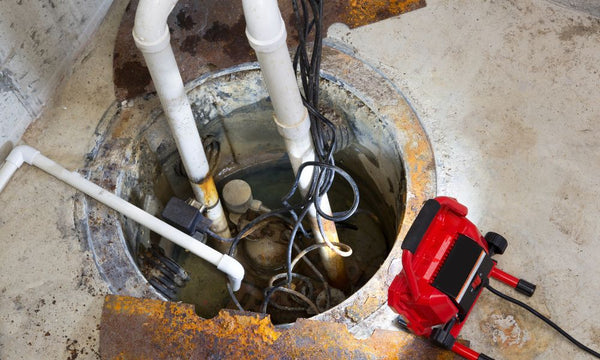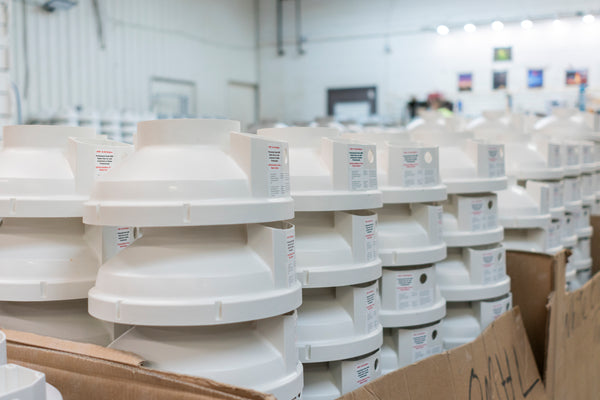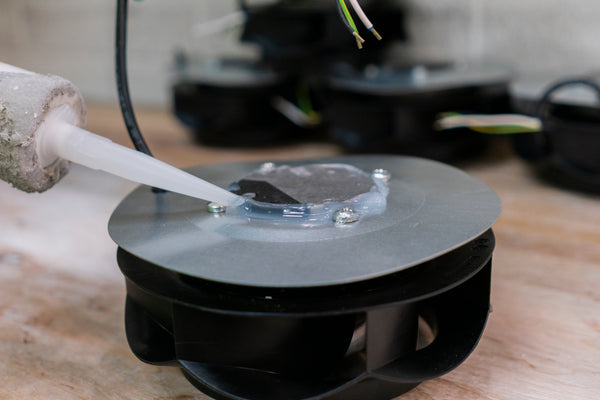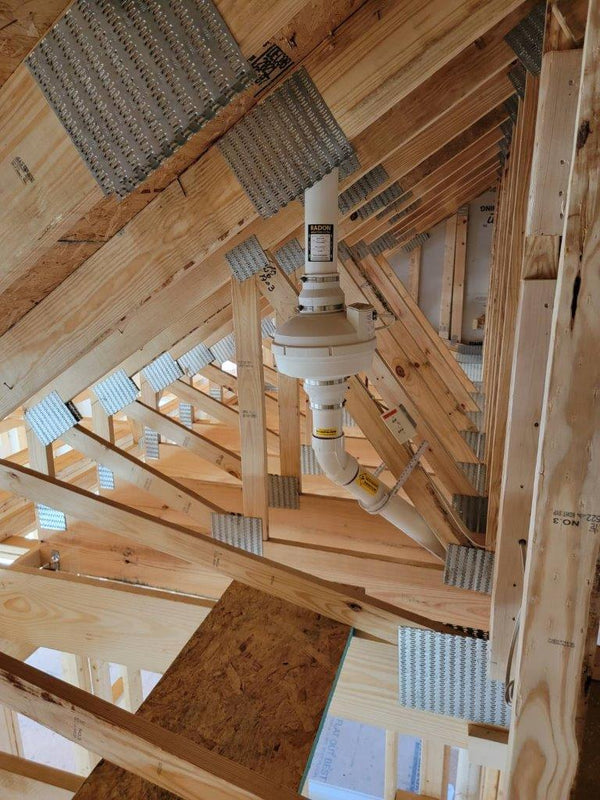
The Different Ways Radon Gas Can Get Into Your Home
Radon is a naturally occurring radioactive element that can seep into homes and pose a serious health risk to occupants. Understanding the various entry points of this gas is crucial for homeowners to take proactive measures. Explore the different ways radon can get into your home, from cracks in the foundation to small holes.
Cracks in the Foundation
One of the most common entry points for radon is through cracks in the foundation of a home. Over time, the natural setting of soil, changes in temperature, and other environmental factors can lead to the development of cracks in a home’s foundation. These tiny openings provide an easy route for radon gas to enter the living spaces.
Regularly inspect and seal foundation cracks to minimize the risk of radon intrusion.
Sump Pump Holes
Homes equipped with sump pumps to prevent basement flooding may create an entry point for radon. The openings around sump pump lids or gaps in the sump pump system can allow radon gas to enter the home.
Ensure proper sealing around the sump pump and its components. Consider installing a sealed sump pump cover to minimize radon infiltration.
Suspended Floors
Homes with crawl spaces or suspended floors are at risk of radon entering through the gaps in the floor. The soil underneath flooring can release radon, and this gas can find its way into the living areas through gaps in floorboards.
Seal any gaps in suspended floors and consider installing a vapor barrier to prevent radon from entering through the floor.
Construction Joints
Construction joints can be vulnerable points for radon entry. Gaps in these joints can create pathways for radon gas to move from the soil into the home.
Seal construction joints during the renovation process. Regularly inspect and maintain these seals to ensure their effectiveness.
Pipes and Plumbing
Gaps around pipes and plumping penetrations provide additional entry points for radon. Radon can exploit these openings to enter the home, especially if the areas around plumbing fixtures are not properly sealed. Ensure a tight adhesion to prevent radon infiltration.
Small Holes
Even small holes in the foundation or walls can serve as entry points for radon. These openings may be overlooked, but they can contribute to significant radon concentrations in indoor air.
Protecting your home from radon gas requires awareness and proactive measures. Addressing potential entry points can create a safer living environment for you and your family. Regular inspections, timely repairs, and professional assistance are key elements in the battle against the different ways radon can get into your home. Be sure to install a radon mitigation system, protected by an outdoor radon fan cover, to add a necessary layer of protection against this gas. Stay vigilant and take steps to ensure the air in your home remains free of this silent intruder.





